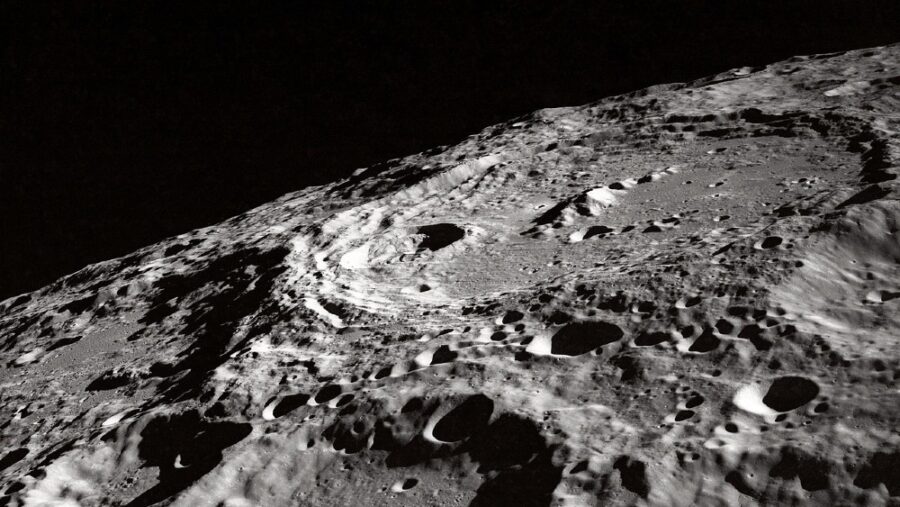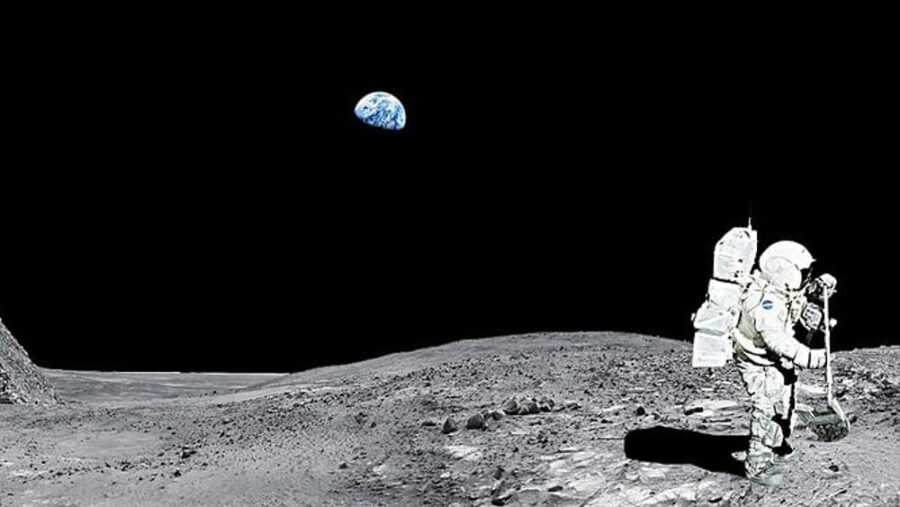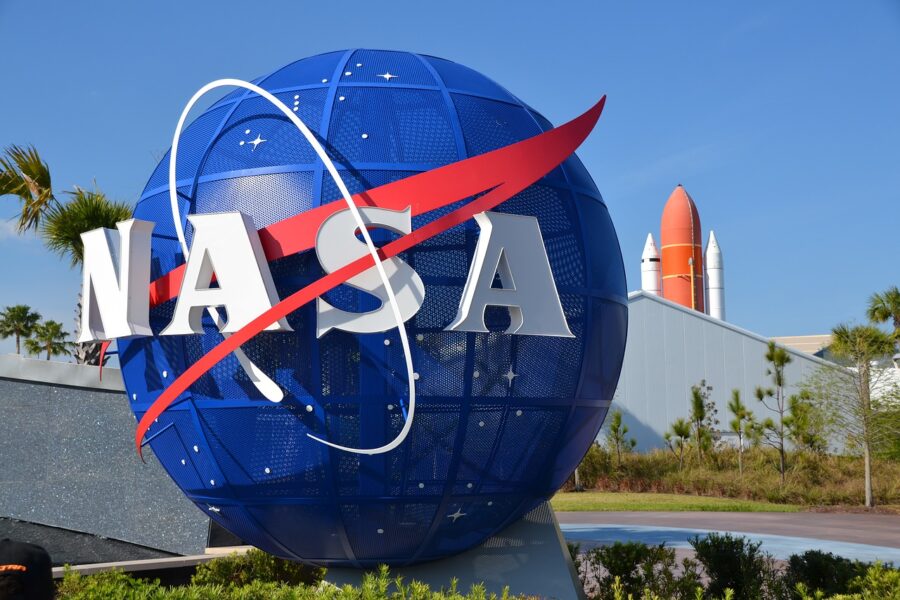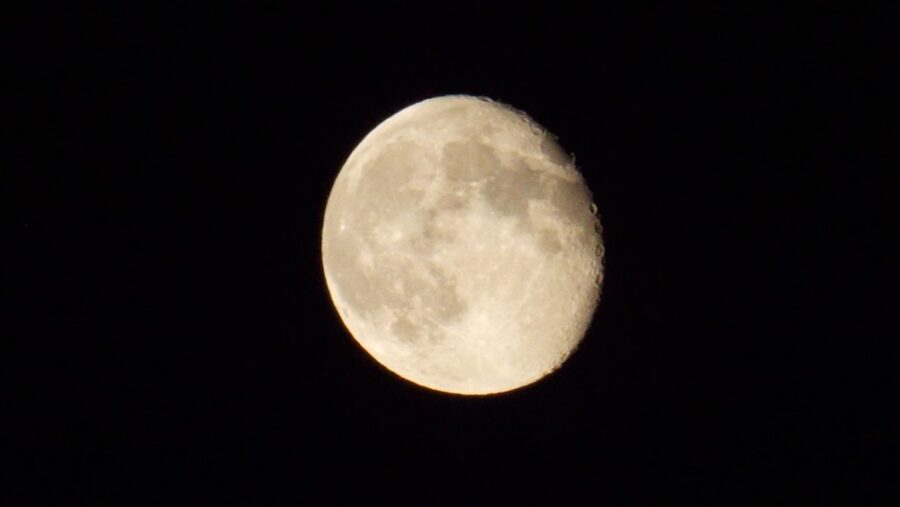Lunar Base Finally Made Permanent?

Despite significant technological advancements and a renewed interest in lunar exploration through NASA’s Artemis program, the dream of establishing a permanent human outpost on the Moon remains unrealized.
However, recent developments suggest that the long-awaited vision of a functional lunar base may finally be taking shape.
Permanent Lunar Base

According to Gizmodo, Thales Alenia Space, a key player in the aerospace industry, is teaming up with the Italian Space Agency (ASI) to develop a Multi-Purpose Habitat (MPH).
This lunar base is a critical component of NASA’s Artemis program, which seeks to establish a sustainable long-term human presence on the Moon for future generations
While no specific costs or timelines for deployment have been disclosed, the lunar base module is only expected to grace the Moon’s surface in the 2030s.
The cylindrical design, telescopic legs, and solar arrays revealed in an image released by Thales Alenia Space hint at the module’s compact yet functional structure, with an estimated length of around 33 feet or 10 meters.
Historically Significant

This snug lunar habitat will serve as a base for Artemis astronauts, who will conduct science experiments, deploy and test new technologies, and explore the lunar environment, laying the groundwork for future endeavors.
Franco Fenoglio, head of human planetary exploration and robotics programs at Thales Alenia Space, expressed optimism about the historical significance of the project.
NASA and ASI

“This is a matter of great pride for our company, which has the unique technical and organizational skills to overcome challenges of this kind,” Fenoglio said in a media press release.
The lunar base collaboration between NASA and ASI dates back to 2020 when they issued a joint statement of intent in support of the crucial Artemis program.
The partnership focused on developing crew habitation capabilities and related technologies for short-term lunar stays. In June 2022, ASI signed an agreement with NASA to create the initial designs of the module.
After successfully passing NASA’s Element Initiation Review in October 2023, ASI entrusted Thales Alenia Space with the responsibility of further developing a lunar base.
Not A Standalone Project

The MPH is not just a standalone project. It is a stepping stone towards NASA’s larger vision of a lunar base camp.
Moreover, Thales Alenia Space’s contribution extends beyond the MPH, as they are simultaneously working on three pressurized modules for the Lunar Gateway – a planned space station orbiting the Moon, further solidifying their commitment to advancing lunar exploration.
Next Steps

The next step for the MPH project is the Mission Concept Review, scheduled for the first quarter of 2024. This review is essential for progressing to subsequent phases, focusing on developing critical technologies necessary for extended lunar stays on a base.
Among the challenges to be addressed are advanced life-support systems, as well as solutions to manage lunar dust and extreme temperatures.
Moon Cities?

Countries like India have also been involved in missions to the Moon’s South Pole, with the goal of advancing space exploration and expanding knowledge of lunar water ice.
While the vision of a fully functional city on the Moon, as depicted in 1980s-era literature and movies, has yet to be realized, the somewhat modest Multi-Purpose Habitat is a big stride toward turning the fantastical vision of lunar bases into reality.











